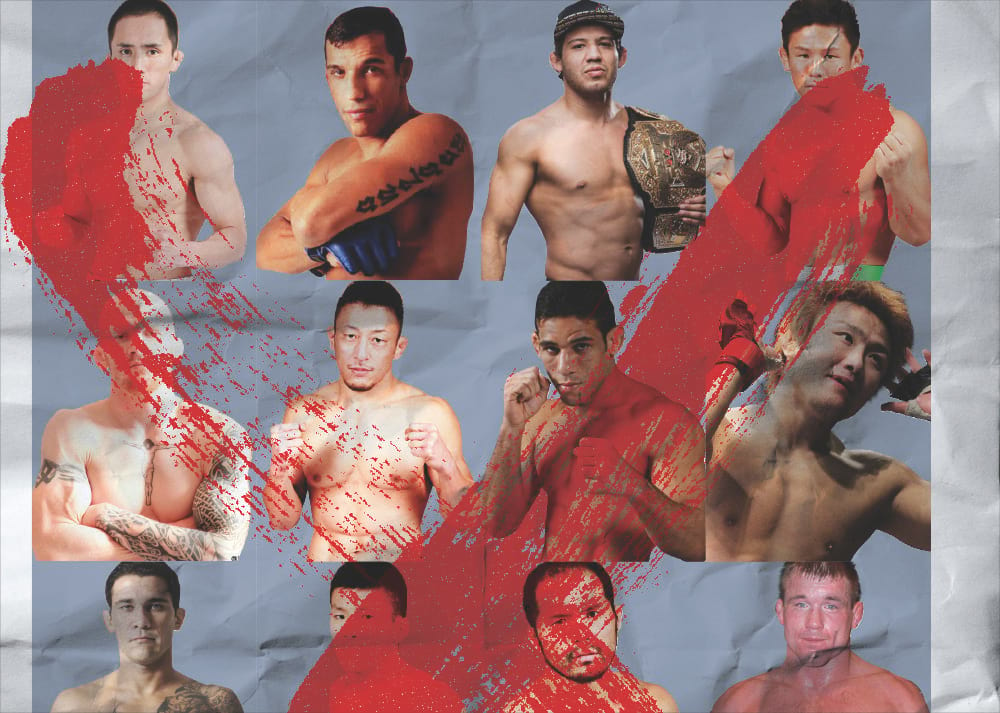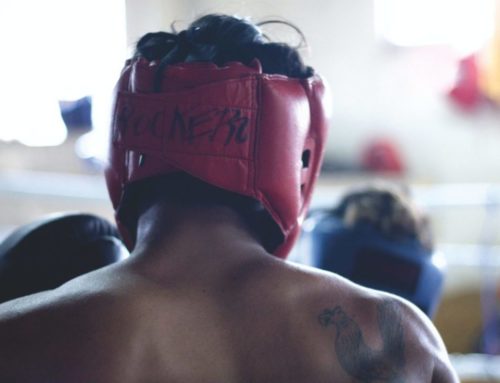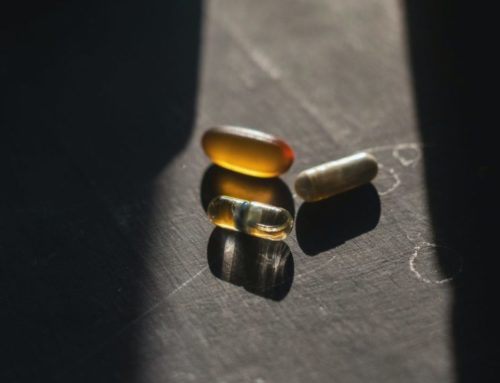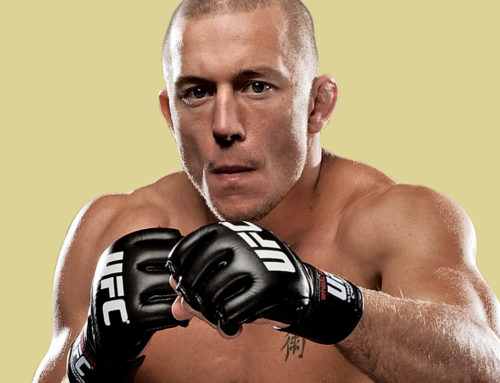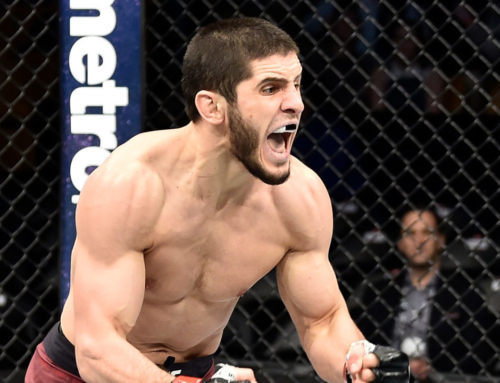The idea of the 16-man Grand Prix tournament is synonymous with Pride Fighting Championships and was, for the now-defunct Japanese organization, a way of grouping its stars together and stretching a narrative over a number of spectacular and highly-anticipated events.
Tournaments such as these could be governed by weight or simply by the need to see big names fight big names, big characters fight big characters, sometimes on the same night, and were a way of simplifying a sport that would one day become much more regulated and convoluted. The beauty of the tournament concept in the halcyon days of MMA, whether affiliated with Pride or the UFC, was that it got to the point fast: the best fight the best, winner takes all. It was also unapologetically good fun.
The first of the Pride Grand Prix tournaments was held in 2000, across two events, and featured no weight limit. Its winner was Mark Coleman, he of the bulging muscles and ground-and-pound, while grappling gods Royce Gracie and Kazushi Sakuraba agreed to indulge the crowd in a 90-minute contest that featured no judging or rounds. It was that kind of affair. Openweight, they called it, but it could just as well have been described as a free-for-all.
Soon a popular format, there were Pride middleweight tournaments in 2003 and 2005, won by Wanderlei Silva and Mauricio ‘Shogun’ Rua respectively, as well as a heavyweight one in 2004, which was dominated by Fedor Emelianenko. In 2005, meanwhile, the welterweights and lightweights got involved, with Dan Henderson and Takanori Gomi taking the honors at Bushido 9. A year later, Pride hosted its second openweight tournament, from which Mirko Cro Cop emerged as the last man standing.
As for 2007, that’s the year of the tournament that never was: the Pride Lightweight Grand Prix. More than just a Pride Grand Prix, this one was set to capitalize on the organization’s recent sale to Zuffa (parent company of the Ultimate Fighting Championship) and include not only fighters based in Japan with Pride but also those making a name for themselves in America with the UFC.
Crossbreeding of the healthiest kind, then, for those who opposed Pride’s sale, a way of cushioning the blow and a meeting of two worlds – us and them – that would decide, once and for all, which of the two organizations boasted the best fighters.
Of course, as is the way with these things, once the tournament was mooted, momentum snowballed and rumors ran rife. There was talk of then-UFC lightweight champion Sean Sherk getting involved. There was even mention of welterweights Georges St-Pierre and Matt Hughes dropping down to make the 155lb limit set for the tournament (a shift from Pride’s prior 161lb lightweight limit), a thought that had most MMA fans salivating at the time. To further stoke the fire, Nobuyuki Sakakibara, soon-to-be-former owner of Pride and president of Dream Stage Entertainment (DSE), said, “Without question, we will be seeing some top-level fighters appear.” He then told Japanese magazine Kamipro, “In fact, the Pride Lightweight Grand Prix on May 20 will be full of top UFC fighters. It will be the best place for deciding the best lightweight fighter in the world. This is the first benefit that the ‘union’ brings about.”
The opening bouts, we were led to believe, would take place at the Saitama Super Arena on May 20, with the semi-finals, or second round, going down on July 16 at the Nihon Gaishi Hall in Nagoya, and the final, scheduled for September 30, heading back to the Saitama Super Arena. There were dates, there were press releases, there were tickets available for the opening round matches on the Pride website. There was even a poster, on which the faces of Hughes, Diego Sanchez, Luiz Firmino, Marcus Aurelio, Luiz Azeredo, Gilbert Melendez, Joachim Hansen, Tatsuya Kawajiri, Mitsuhiro Ishida, Shinya Aoki, Hayato Sakurai and Takanori Gomi were plastered, offering fans their biggest clue yet as to the line-up.
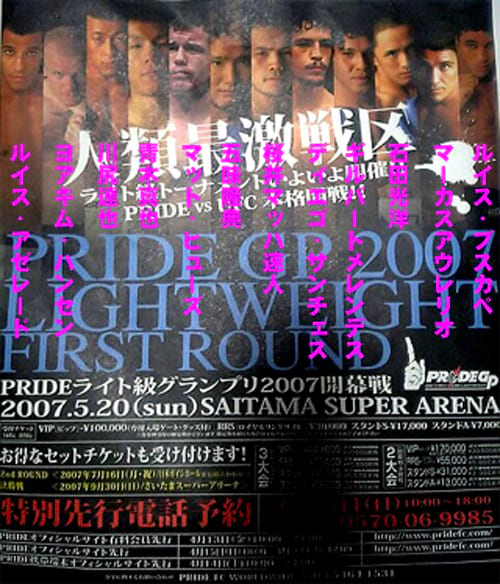
What a line-up, too. Gomi, at the time, was the defending champion and one of the most popular all-action fighters in MMA; Matt Hughes was Matt Hughes, one the very best welterweights on the planet; Gilbert Melendez was gifted and undefeated; Diego Sanchez was ferocious and fresh; Sakurai was a Japanese MMA legend; and Aoki, the submission master, would be participating in his first ever Grand Prix. There was a spot, also, for Satoru Kitaoka, a Pancrase veteran, who earned his place when defeating Fabricio ‘Pitbull’ Monteiro and winning a Deep tournament on April 13th.
It’s worth noting that date because, a day later, on April 14th, news broke that the Pride Lightweight Grand Prix had been cancelled before it had even got started. How’s that for a buzzkill? There wasn’t even time to get excited about it, much less second-guess the draw and the tournament’s eventual winner. All that stood, by way of evidence, or debris, was a poster and a few dates and locations.
Perhaps the reason for its collapse had much to do with the same reason it was being considered in the first place; just as the UFC swallowing Pride teased the prospect of this Lightweight Grand Prix, it also, in the end, served to scupper it, the cancellation a consequence of a schedule log-jam and the moving of various internal parts to do with the sale.
According to a press release, Dream Stage Entertainment (DSE), the ones who first announced it, postponed the May 20 event due to insufficient time devoted to planning and advertising. Yet, to understand why this was the case we must appreciate that Zuffa’s purchase of Pride was only made official on March 27, with Pride 34 set to take place on April 8, and that, a month later, wheels were apparently already in motion for a Lightweight Grand Prix. “Overly ambitious,” is how they would later come to describe such plans.
In retrospect, it would appear the Pride staff were quicker to pull the trigger – on announcements, on dates, on artwork – than their American counterparts and it was this gung-ho approach that led to the embarrassingly short period between announcement and cancellation. Even now, a decade on, those who worked for the UFC back then, and remain employees today, struggle to acknowledge the Pride Lightweight Grand Prix as a real thing. I asked one of them only to be met with the blank expression of someone who didn’t know much about it. “Which tells me,” they said, “it never got past a rumor stage, since we never got anything internally about it. I just had to Google it to see what it was about. I don’t know how they were going to pull that off.”
Evidently, despite the enthusiasm of those in Japan, there were still loose ends to be tied up with the purchase and schedules to be confirmed – properly confirmed – by those now in charge. What’s more, to hold back-to-back events in April and May, with so much still up in the air, would have been adventurous in the extreme, even for MMA trailblazers accustomed to hosting grand events and tournaments.
The UFC, reluctant to announce the participation of any of its fighters, seemingly realized all this before anyone else. “Because there is only one month to prepare for the May 20th event, there isn’t sufficient time with production and promotion to put together our first Pride event as one that will satisfy the fans,” was the official word from UFC owner Lorenzo Fertitta, who cited the difficulty in transferring assets to their new ownership group (soon to be known as Pride FC Worldwide) as a primary reason; with a targeted completion date of May 1st, this timetable left them short on time to promote a May 20th event.
It was, ultimately, an opinion shared by DSE and Sakakibara, who added: “To make our first event as great as can be, we have decided to postpone it. As we’re in the midst of transferring business assets between both companies, we have decided that only one month to prepare for the event is not enough time to organize the production and promote the event in a manner that reflect our first Pride event for the fans. The new date for the Lightweight Grand Prix opening round will be announced at another time.”

Alas, it never was.
Instead, that year marked not only the death of a proposed Pride Lightweight Grand Prix but also the closing of the organization’s Japanese offices, as Pride employees set sail for either the new company or towards Fighting and Entertainment Group (FEG) and Dream, a Japanese MMA promotion that sought to take the Pride spirit and keep it alive.
Frankly, there could be no more appropriate name for such an organization. Dream, never ones to let reality get in the way of a good one, continued the tradition of tournaments and see-it-to-believe-it match-ups, much to the delight of those hungry for this take on the sport, and made their promotional splash in 2008 with a concept fans of Japanese MMA by now held dear to their hearts.
On March 15, 2008 at Japan’s Saitama Super Arena, Dream held its own Lightweight Grand Prix, the stars of which were Aoki, Sakurai, Kawajiri, Ishida, Firmino, future UFC champion Eddie Alvarez and eventual winner Hansen. For those still mourning the loss of Pride, it offered more than just a comforting sense of familiarity. It was love at first sight; a dream come true.
*** This feature first appeared in the October 2017 issue of Fighters Only ***

